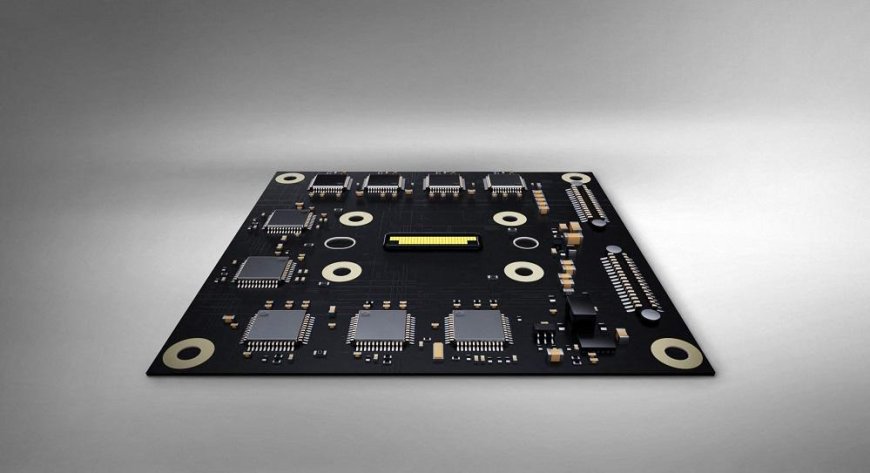Samsung PixCell LED wants to reinvent headlights with an addressable light, smaller and compatible with different regulations
LED headlights in cars can change significantly over the next few years. Today Samsung introduces PixCell LED, its new LED module

LED headlights in cars can change significantly over the next few years. Today Samsung introduces PixCell LED, its new LED module designed for Adaptive Driving Light (ADB) systems. A module for car headlights that promises to help improve visibility in adverse conditions and is up to 16 times smaller than traditional LEDs.
PixCell LED wants to spread quickly in the automotive sector, in a way that is equivalent to how Samsung usually does with the rest of its components. In this case, the company promises that its LEDs will be cheaper, smaller and comply with different global regulations, being able to adapt quickly to different countries.
Samsung applies its experience with LEDs in car headlights
These modules are designed to integrate more than 100 small segments on a single LED chip. The effective area of ‹‹emission is very small, which will allow for much thinner but just as bright LED headlights.
The 100 pixels will be individually addressable, allowing lighting systems to avoid glare from other drivers, to automatically adjust when another vehicle is detected, and to offer more flexibility for different car manufacturers to introduce technologies and functions in the headlights.
Must Read: Key elements of Emotional Intelligence
"Starting with PixCell LED, we will introduce tailored lighting solutions suitable for the cars of the future, including electric and autonomous vehicles," explains Un Soo Kim, VP of the LED Business team at Samsung Electronics.
PixCell LEDs will be separated by a silicone wall to avoid optical interference and provide better visibility. Each segment can be controlled individually as in matrix-LED headlights and Samsung promises that its new technology will make it easier to make headlights 30-50% smaller.
The average luminance with 300 mA will be a minimum of 70 cd / ㎟, a contrast of 300: 1 and a maximum consumption of 50W. The dimensions of the module will be 72 x 70 millimeters.
Samsung has already started shipping its PixCell LEDs to various headlight manufacturers for use in electric cars. As the company explains, enough modules have been shipped for more than 300,000 electric cars to use these PixCell LEDs.
